The coronavirus has taken over the country and world forcing everyone to adjust to new life at home. Students are now using distance learning to complete school assignments. This may be a difficult transition for families. New questions will undoubtedly arise: How long is a school day at home? What kind of schedule should be followed? How can worries be reduced? Read on to learn 3 distance learning tips for students.
Maintain a Schedule
A schedule is important for students, parents, and teachers during distance learning. Kids are used to getting up and going to school every day. An unknown schedule may cause stress and anxiety. Every minute does not have to be planned, but students should have blocks of time for learning.
The best way to keep a consistent schedule is to go to sleep and wake up at the same time every day. Of course, kids don’t have to get up as early as they would for school. Let them rest and catch up on sleep to support their immune system.
Some teachers have given families suggested schedules with time slots. If this suits your child’s needs, follow the routine and make modifications as needed. You may also want to create your own schedule based on your child’s attention span, interests, and needs. This will greatly differ based on the grade level. Try to involve your child in the process and ask for their input. They may have more insight than you realize and will be more likely to follow the schedule. Also factor in time for breaks, snack/lunch, and other activities.
Ideas for your new schedule:
- Independent or shared reading
- Arts and crafts
- Exercise and physical activity
- Outdoor play, nature walks, scavenger hunts
- Cooking/baking
- Practicing an instrument
- Learning a language
Shorten the School Day
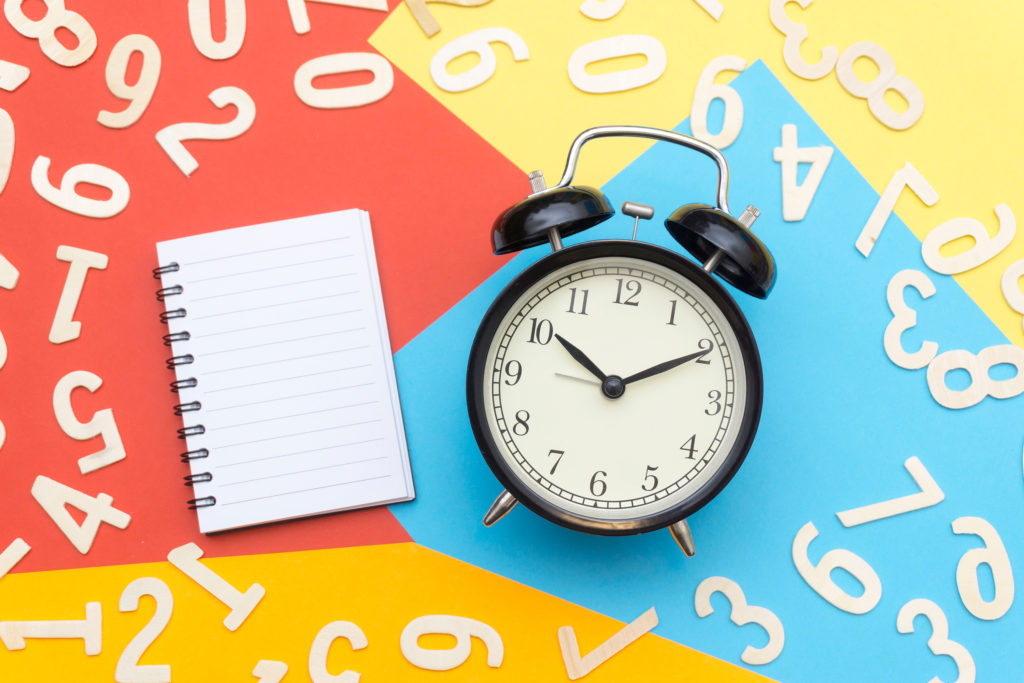
The standard school day is about 7 hours. Now factor in homeroom, transitions, snack/lunch, recess, specials, and end of the day routines. This easily takes a couple of hours off the school day schedule. Also, take into account that when you are teaching someone one-on-one instruction is usually faster.
Don’t expect kids to be sitting at a desk or table doing school work all day. Depending on the grade level, they can complete academic work in a few hours. Maybe you will choose to schedule learning time in the morning and have the rest of the day for other activities. Maybe your child works best with a morning and afternoon block for assignments. Remember, distance learning will take less time than a typical school day.
Use Free Online Resources
It’s amazing to see so many websites helping students and teachers with distance learning. There are many free online resources and some are offering unlimited access while schools are closed for the coronavirus. Below is a list of some free educational resources. Click the links to try them out!
- BrainPOP: This website offers short videos with various activities. BrainPOP Jr. specializes in grades K-3. They even offer a Spanish and ELL version.
- Scholastic Learn at Home: Includes 20 days of free resources divided by grade level. Each day is planned out and includes videos, audio books, passages to read, activities, and much more. Some extra parent bonuses are printable activities, ScienceFlix, and TrueFlix.
- Storyline Online: An award-winning website featuring videos of celebrities reading children’s books.
- ABCya: Provides over 400 fun and educational games for kids up to 6th grade. Choose by grade level and category.
- GoNoodle: This is a fun resource with movement and mindfulness videos. The website engages 14 million kids each month!
While this is an uncertain time for all of us, it’s important to stay positive. Use distance learning as a way to connect more as a family. Remember to keep a daily schedule and factor in time for academic work as well as other activities. These 3 distance learning tips will help motivate students during their journey and make them feel more successful.
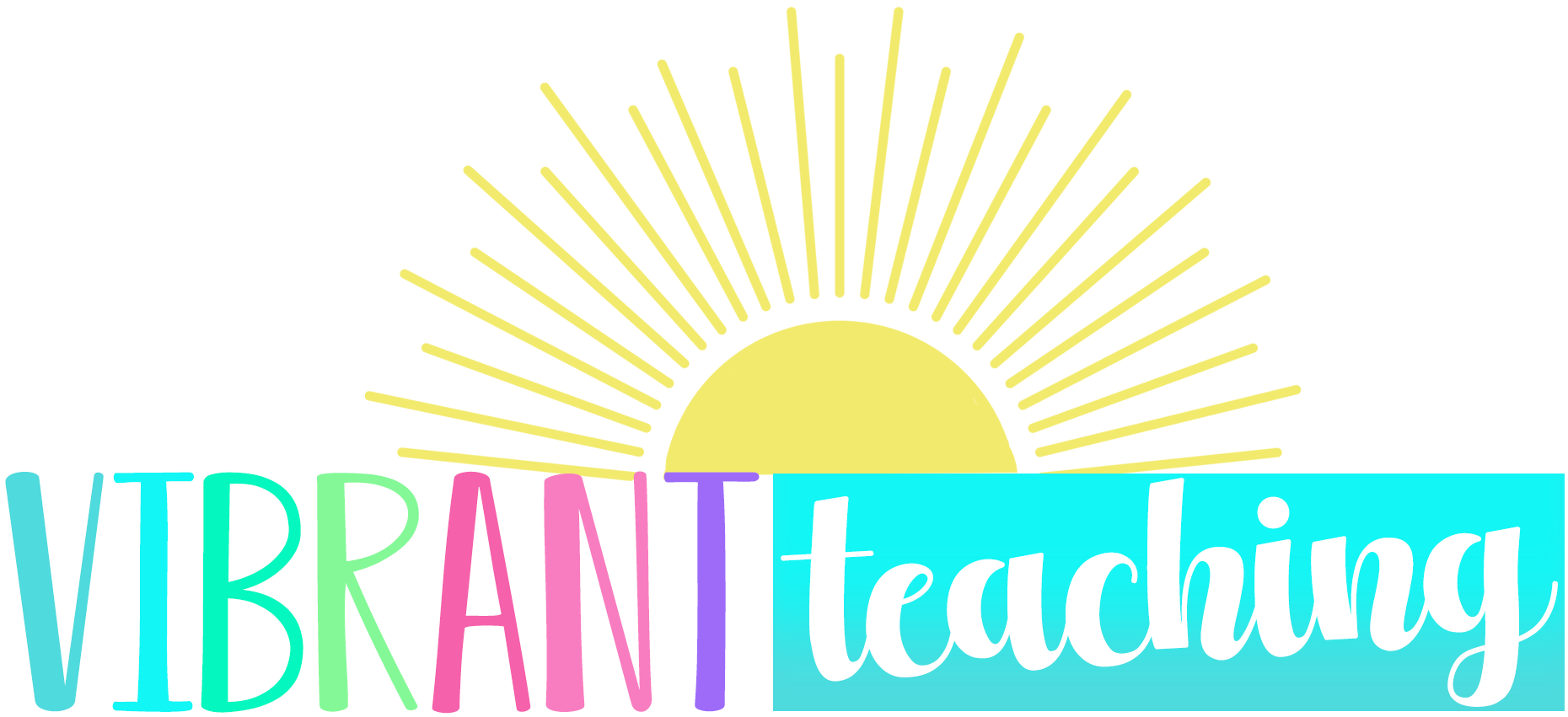
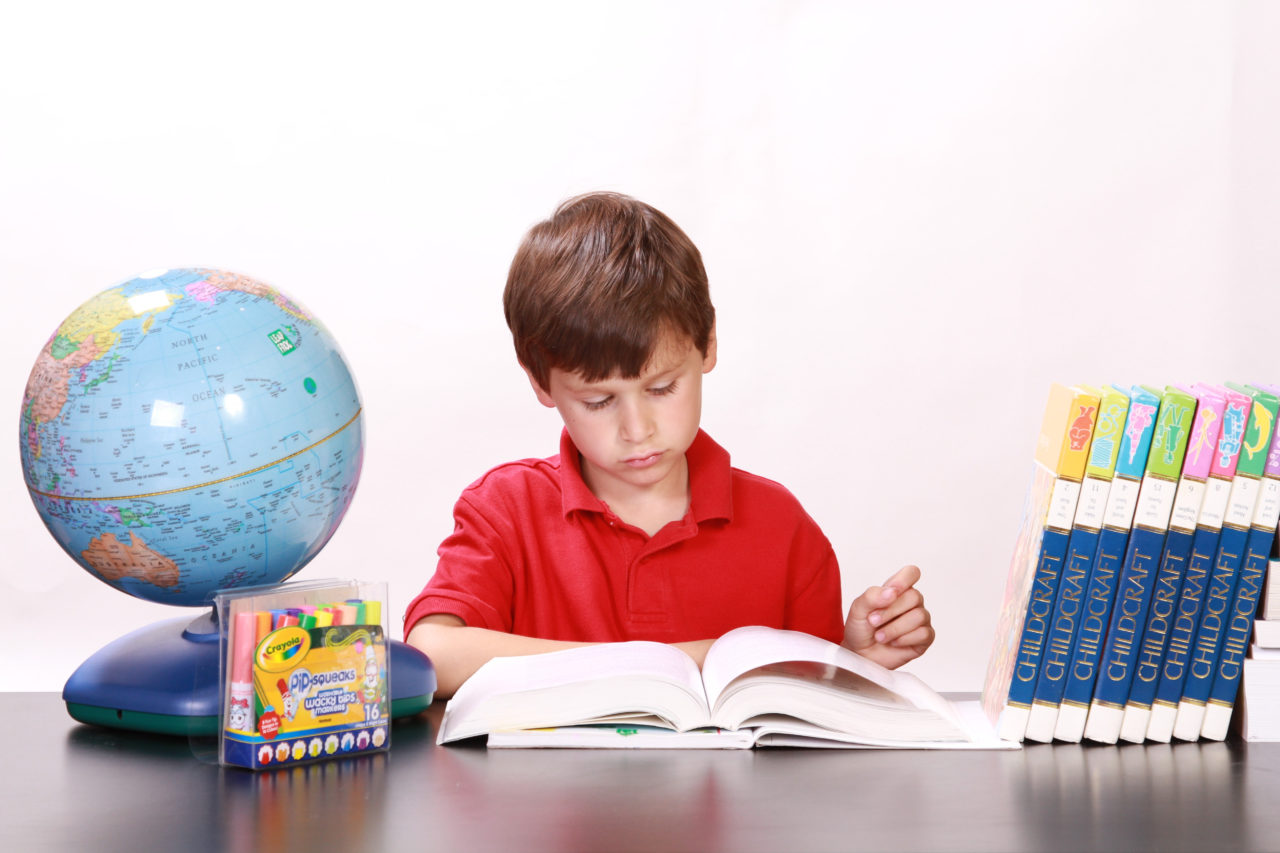

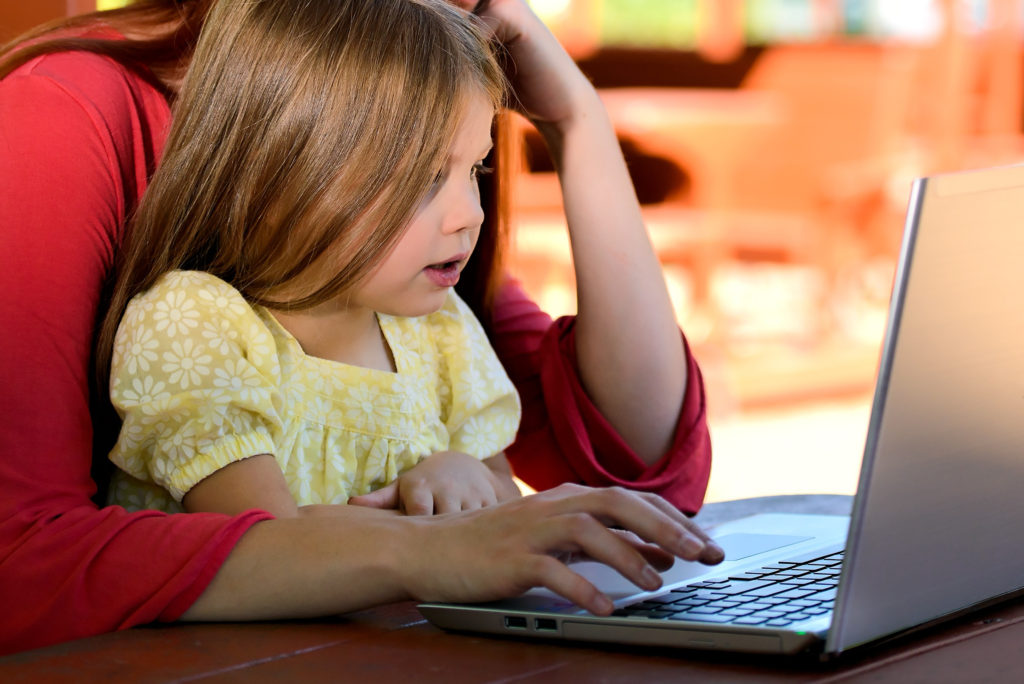
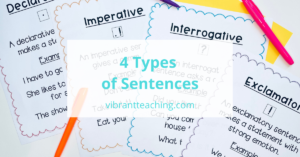



No Comments